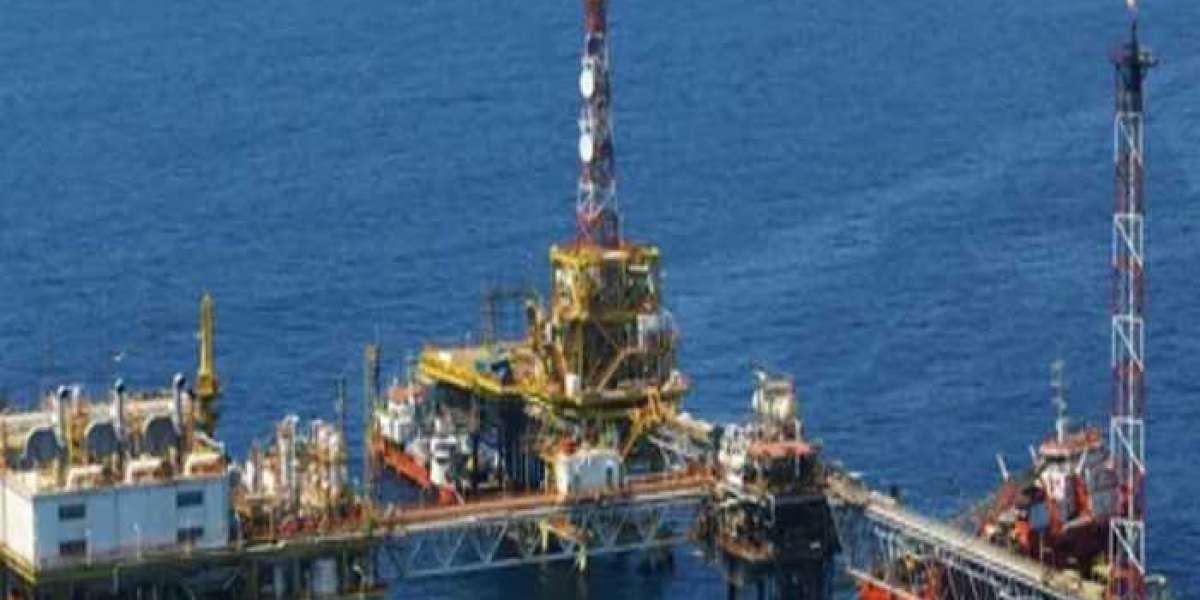The Role of Offshore Pipelines in the Global Energy Infrastructure
Offshore pipelines play a vital role in connecting offshore oil and gas reserves to onshore processing facilities and markets. Lying on or buried below the seabed, these pipelines allow the transfer of hydrocarbons such as oil, natural gas and petroleum products across marine territories in a safe and efficient manner. With vast reserves located in offshore areas, pipelines provide the critical infrastructure required to extract and transport these resources to where they are needed.
Pipeline Materials and Construction Methods
Offshore Pipeline Systems materials depends on factors such as the composition of the transported fluid, operating pressures and temperatures, water depth, soil conditions and potential for corrosion or erosion. Carbon steel remains a commonly used material due to its strength and cost effectiveness. However, for applications in deeper waters or with sour gas, higher grades of steel or corrosion resistant alloys are preferred.
Pipeline routes are surveyed and pipes are strung together onshore before being lowered and positioned on the seabed using specialized pipelay vessels. For shallow waters, the open cut method is used where trenches are dug and pipes are placed and covered. In deeper seas, reel laying and S-lay techniques are employed where pipes are unwound and lowered continuously. Subsea structures are installed using remote operated vehicles to connect pipelines to platforms, risers and manifold systems.
Operating Challenges in Harsh Marine Environments
Offshore environments present numerous technical challenges for pipeline operations and integrity management. Pipelines must withstand pressures from swell, waves and currents. Seabed subsidence and movements during earthquakes also exert stresses. Corrosion is a constant threat due to the presence of water and exposure to microbes and chemicals. External forces from trawling gear, dropped anchors and underwater landslides can damage unprotected pipes. Strategic prevention, monitoring and repair methods are employed to ensure the safe, long term performance of pipelines.
Cathodic protection helps prevent corrosion by making the pipeline cathodic relative to the surroundings. Coatings and concrete weight coating provide barriers while active corrosion monitoring enables quick response. Pipeline routes are selected to avoid areas with rough terrain or strong sea floor currents that could cause abrasion. Remotely operated underwater vehicles are utilized for routine inspections, leak detection and repair works. New pipeline installation methods like bundled pipelines and rigid s-lay protect pipes during laying.
Crossing Challenges Above and Below Water
Laying pipelines across canyons, rivers valleys and coastal zones brings additional engineering complexities. In shallow waters, pipelines need to be buried to safe depths below critical infrastructures and shipping lanes. Mid-water crossings require special designs to hang or suspend pipelines to avoid drag forces. Subsea terrain evaluations help optimize crossing routes.
Pipeline bundles and flexible pipe jumpers are utilized to cross gaps or connect to platforms in deep waters. Where complete crossing is not viable, alternative options like subsea tie-ins are evaluated. Pipeline end manifolds simplify connections at terminals. Engineers also factor in scour, soil liquefaction and seismicity concerns during design at critical nearshore crossing points. Overall system hydraulics, metallurgy, welding and installation procedures are optimized to accommodate multiple crossing challenges.
Policy and Regulations for Safe Operations
Stringent policies and regulations govern the safety and environmental aspects of offshore pipeline projects. Key responsibilities include project planning and permitting, material selection, construction standards, Cathodic protection, coating selection, installation procedures, pressure testing, commissioning, operations monitoring, repairs, decommissioning and abandonment. Authorities conduct regular audits and inspections to ensure compliance.
Operators develop detailed integrity management programs addressing risks, inspections, repairs, spill response and emergency shutdown. Comprehensive Marine user studies help route pipelines away from fishing areas or shipping lanes. Cathodic protection design and surveys ensure anti-corrosion performance. Leak detection systems, transmitters and supervisory control provide round-the-clock monitoring of pipeline parameters. Overall, a robust regulatory framework and operator protocols help deliver energy safely from offshore sources over long distances.
In the global shift towards more energy derived from offshore pipeline oil and gas reserves, pipelines will continue playing a pivotal role in connecting remote resources to onshore markets in a responsible manner. Advances in materials, installation techniques and monitoring systems help overcome the technical challenges of operating pipelines in diverse and harsh marine environments. Strict compliance to regulatory standards further ensures energy delivery through offshore routes is achieved with the highest safety and environmental performance.
Explore More Related Article On- Agar Market
For Deeper Insights, Find the Report in the Language that You want.
About Author:
Ravina Pandya, Content Writer, has a strong foothold in the market research industry. She specializes in writing well-researched articles from different industries, including food and beverages, information and technology, healthcare, chemical and materials, etc. (https://www.linkedin.com/in/ravina-pandya-1a3984191)














